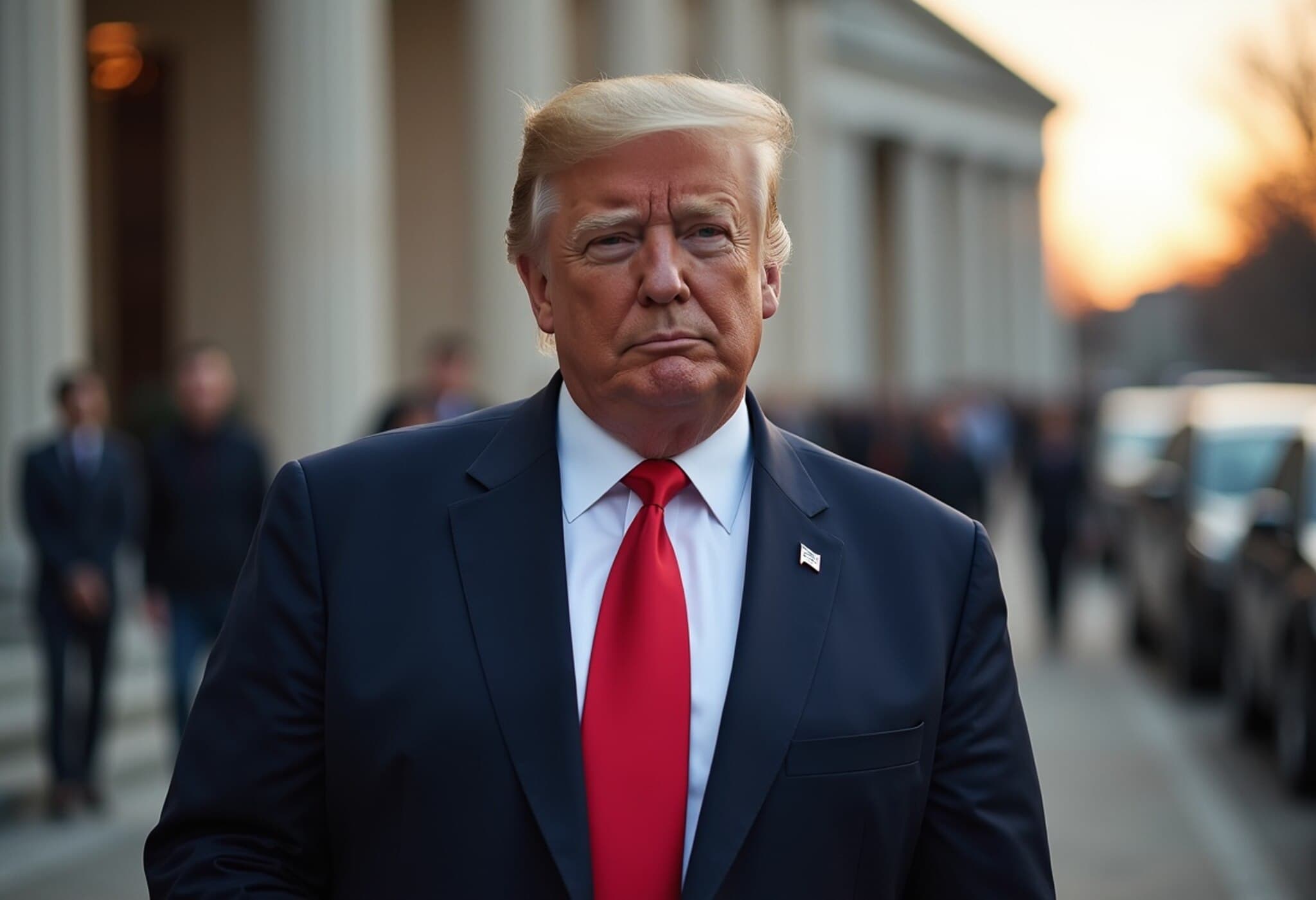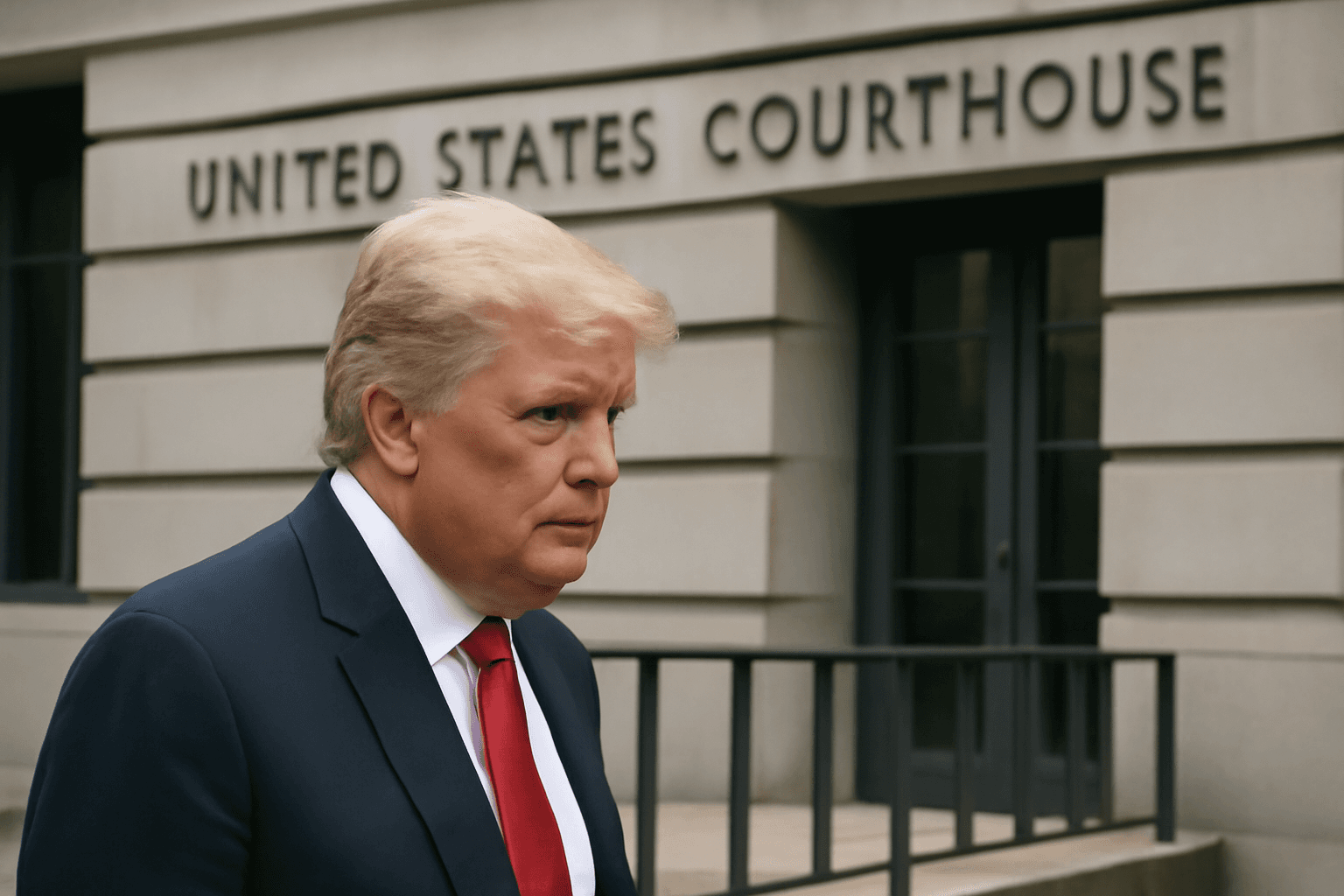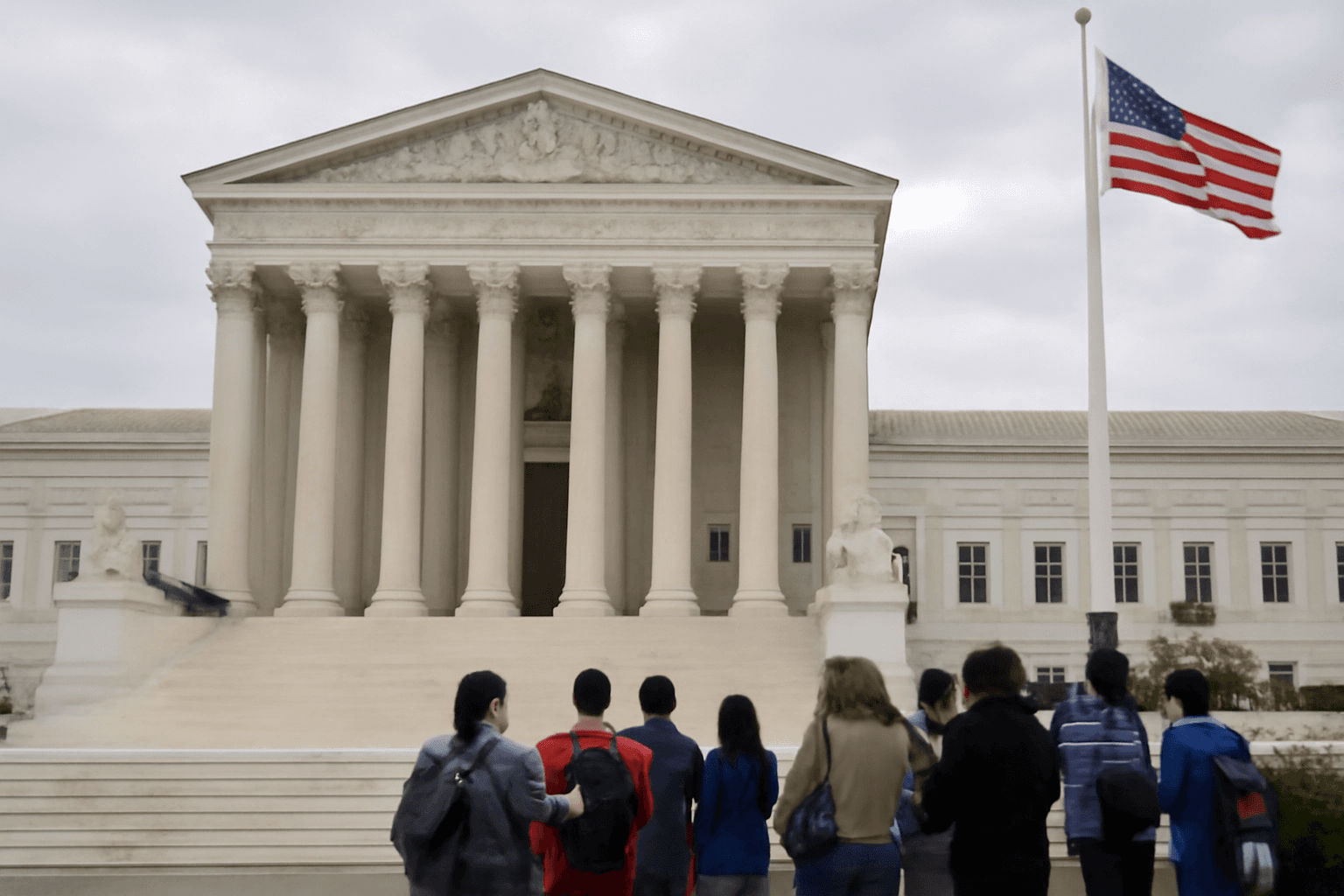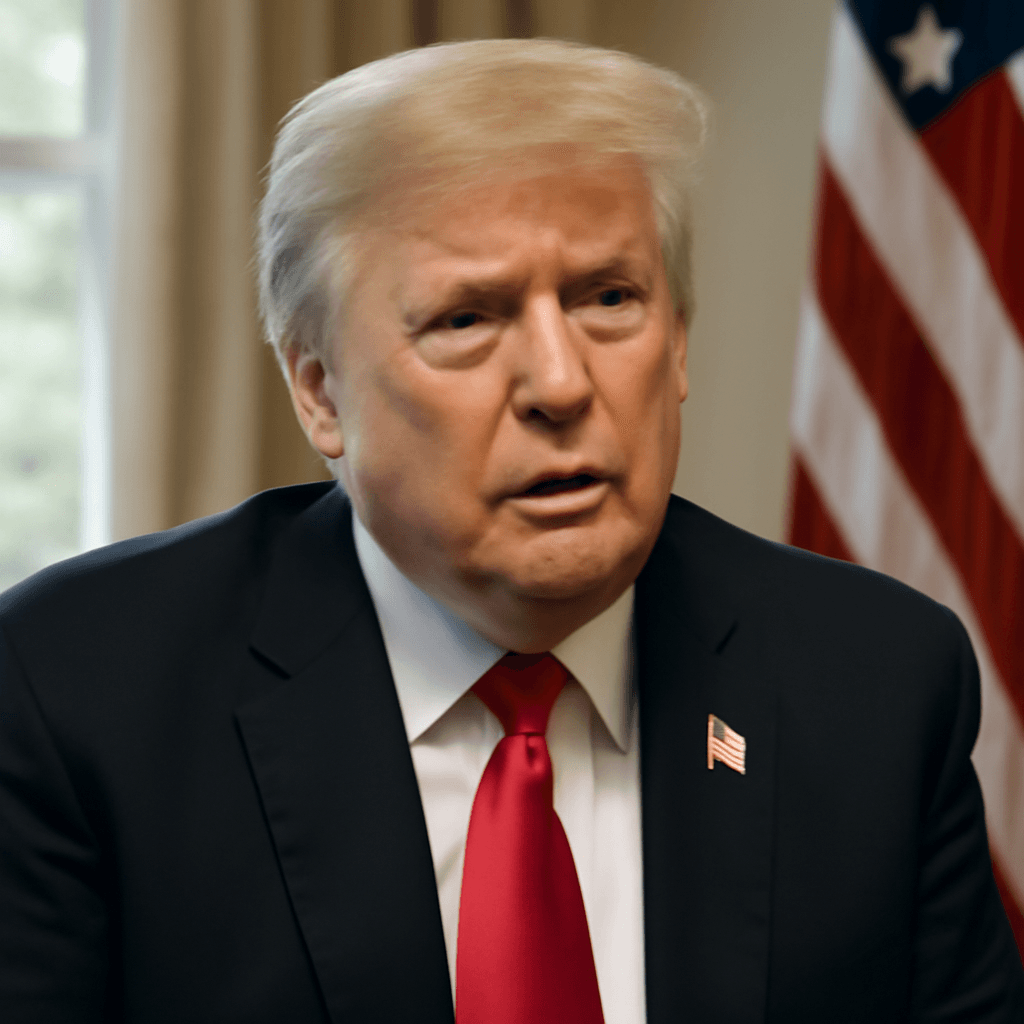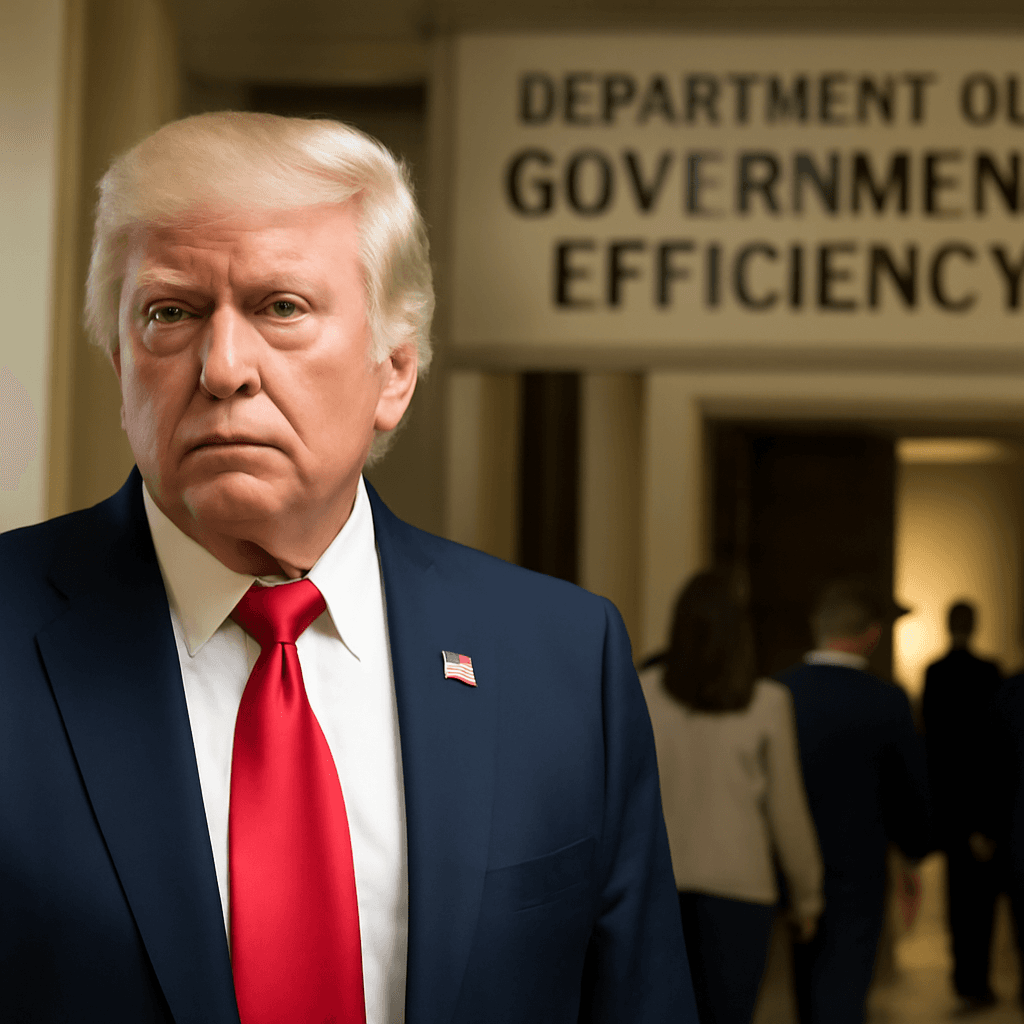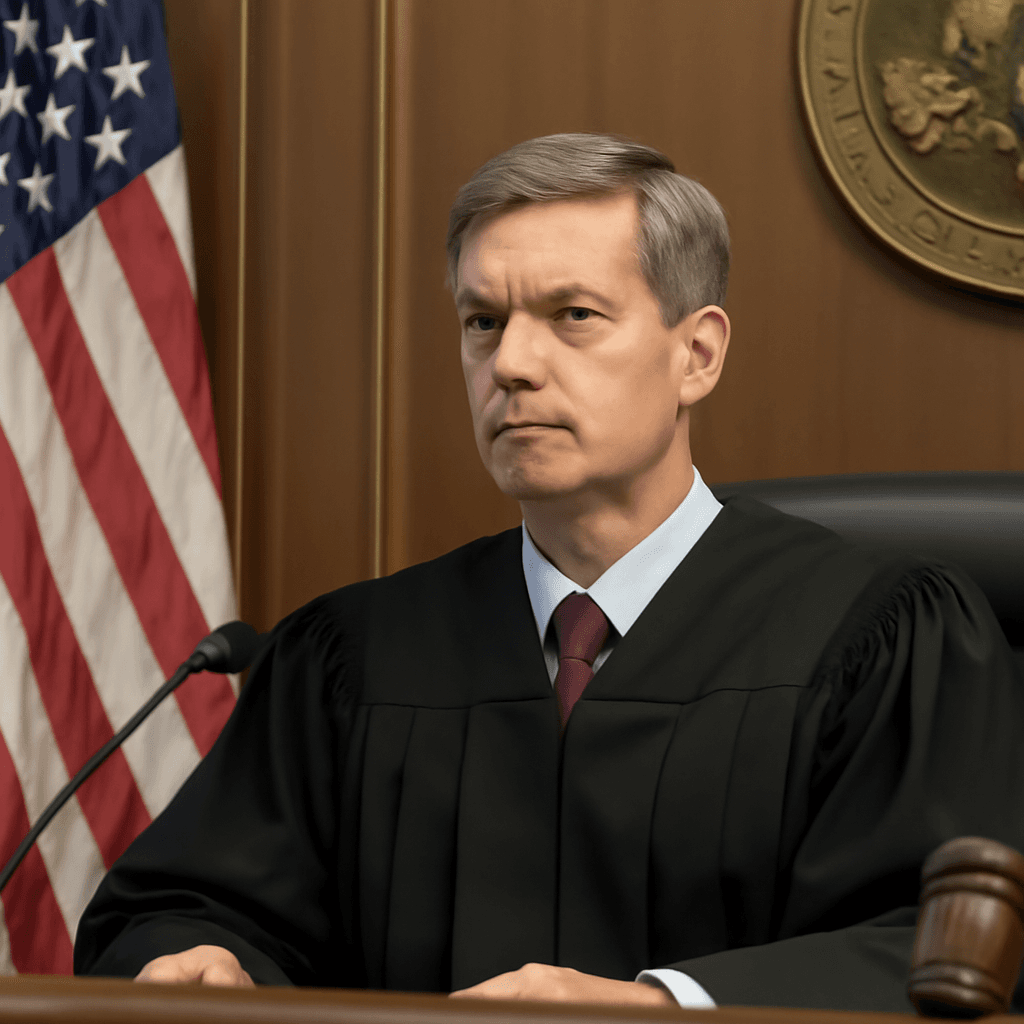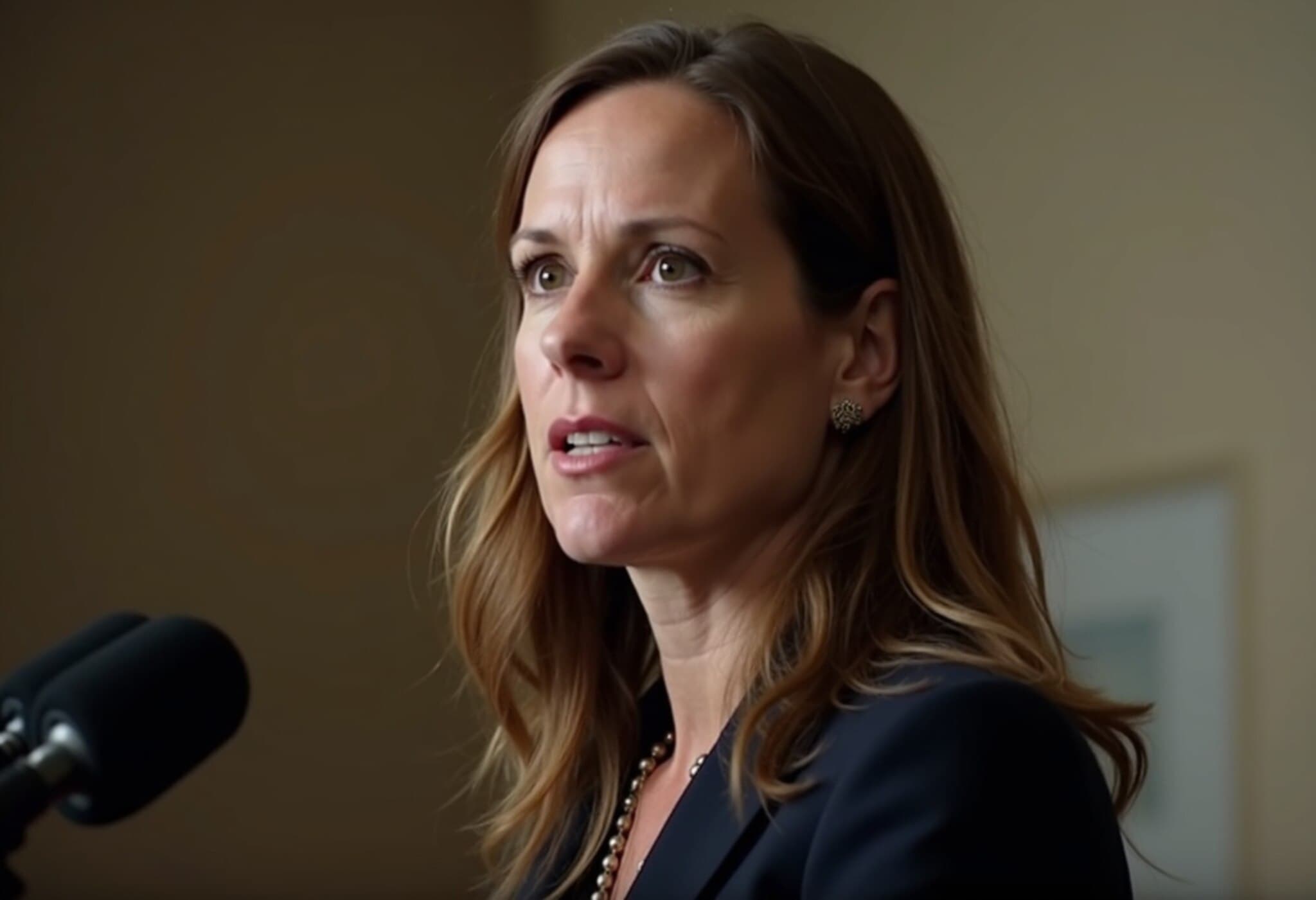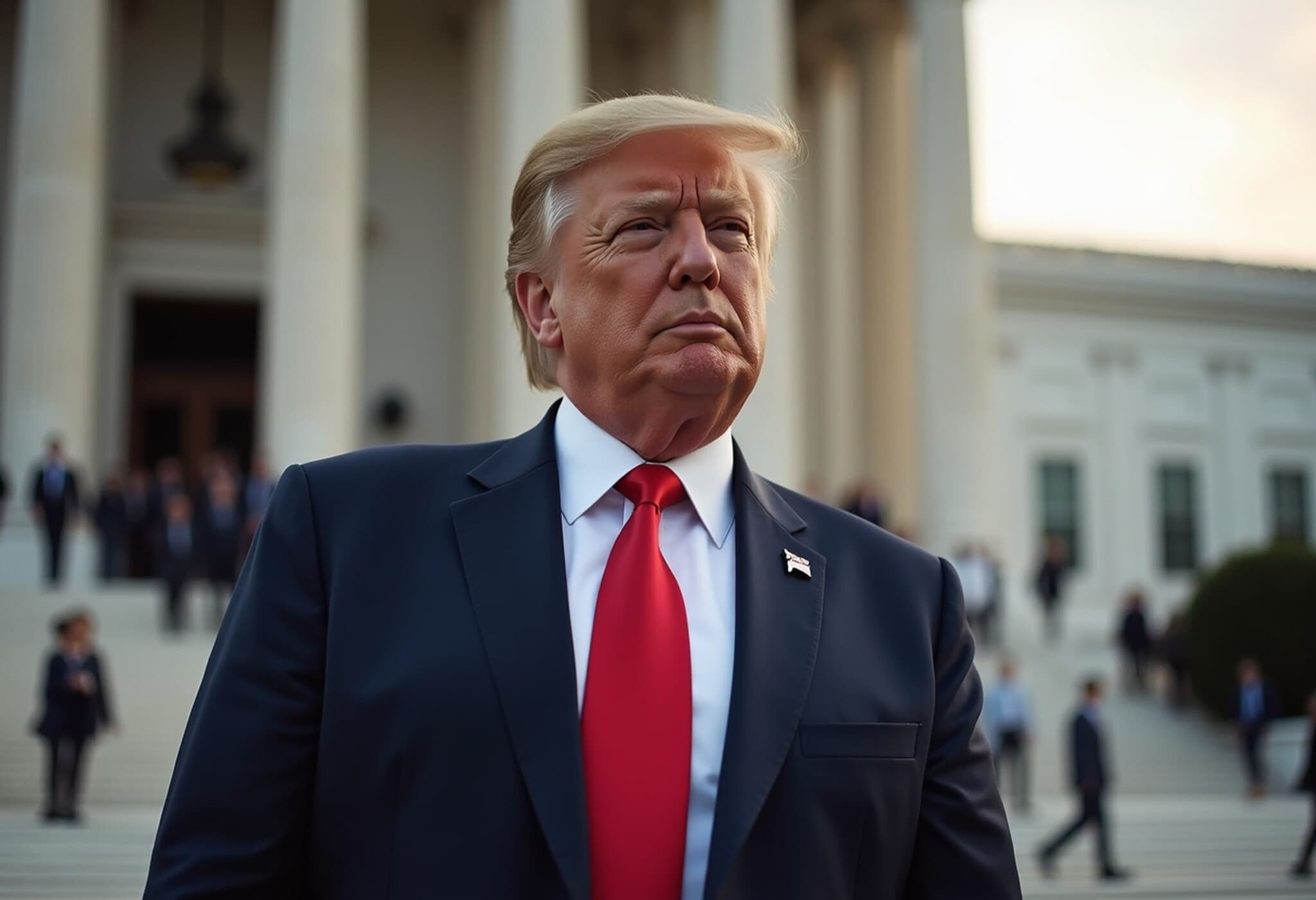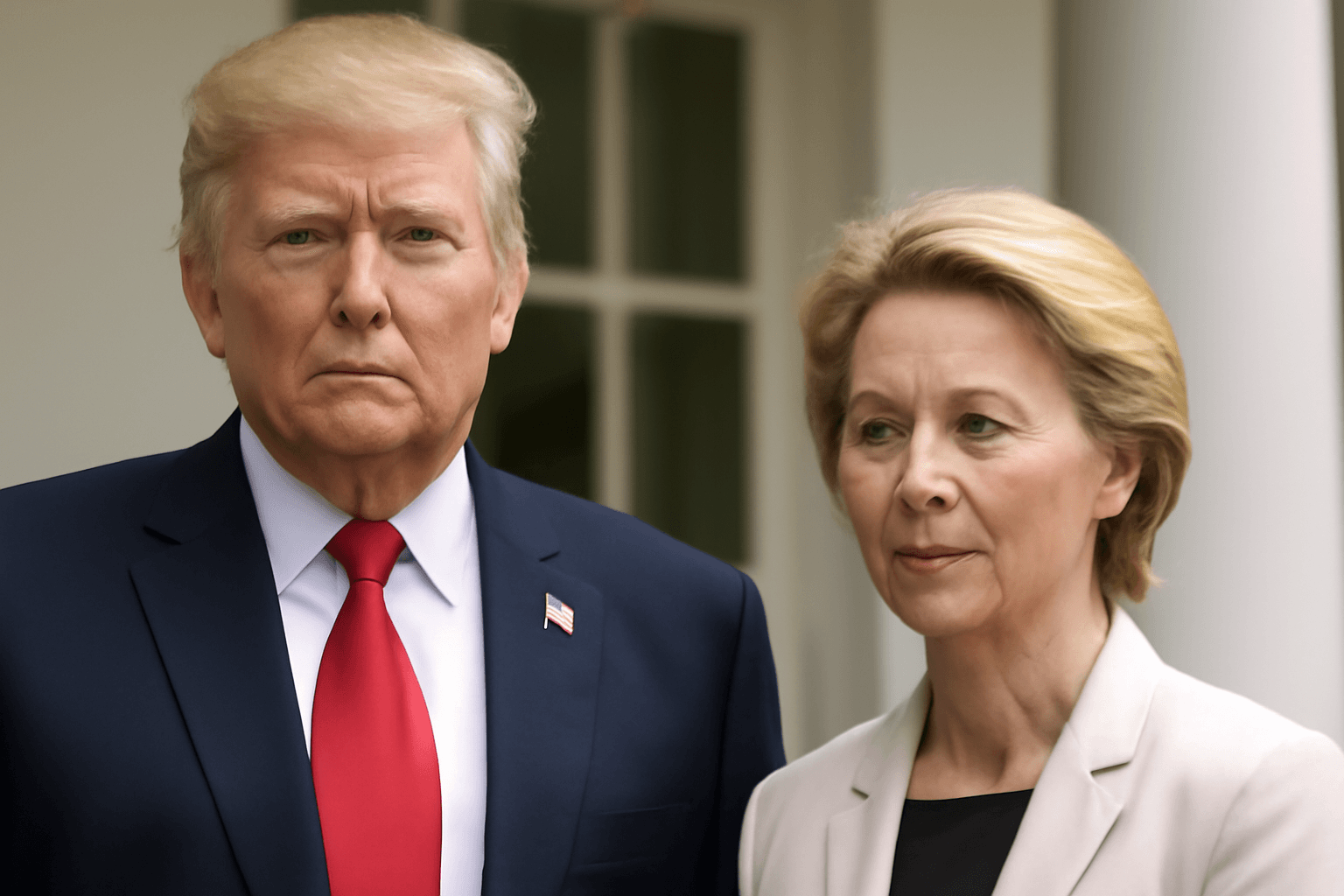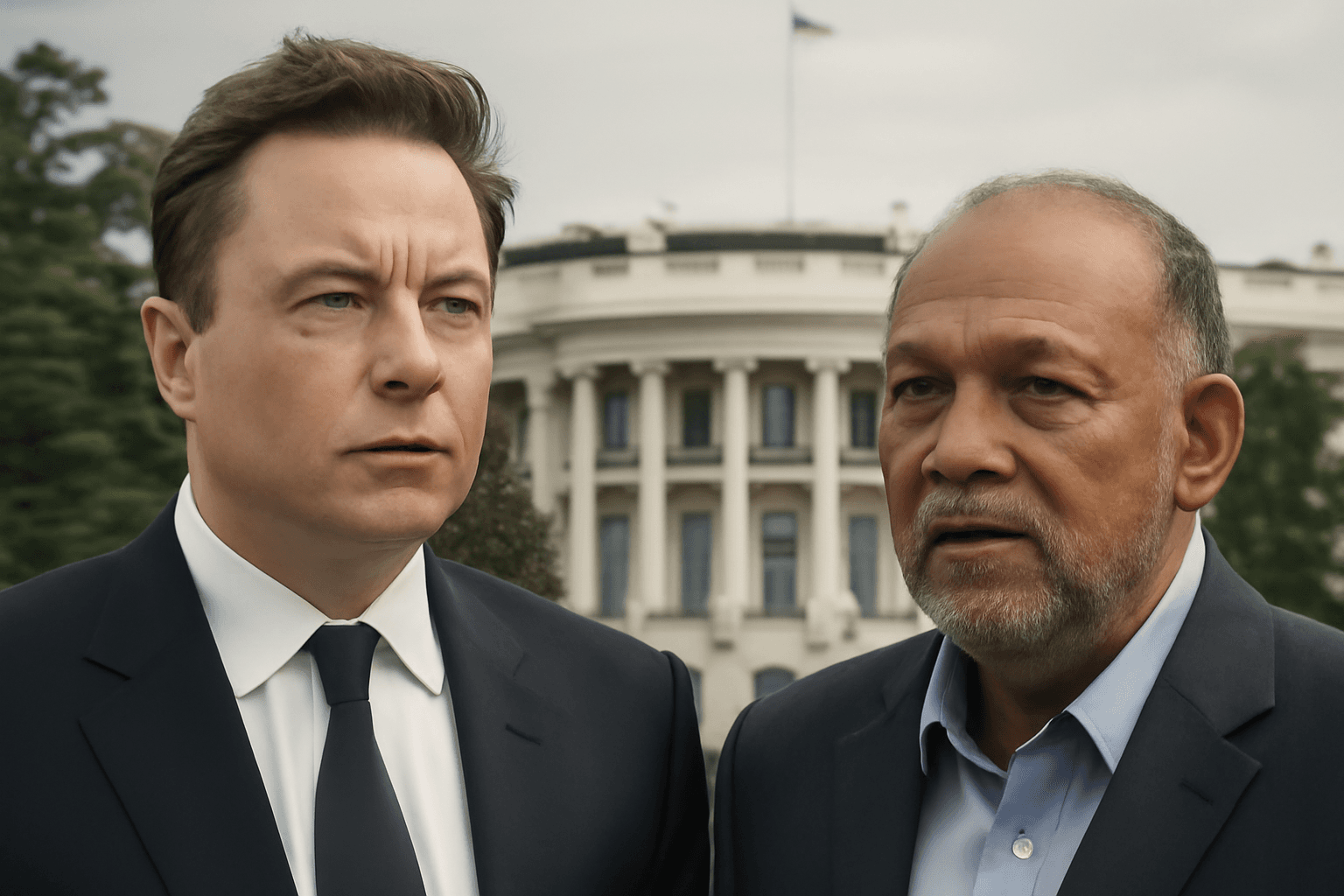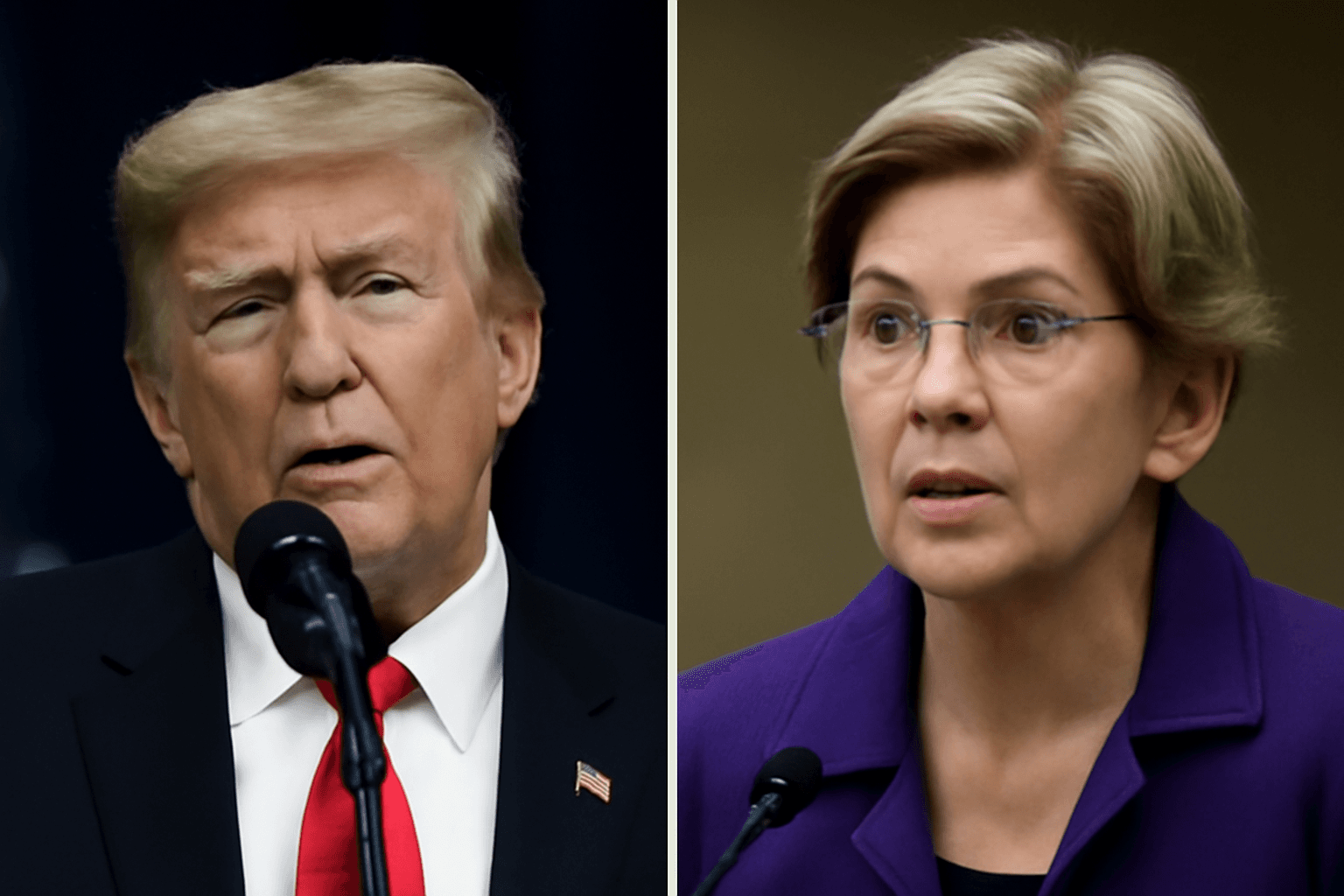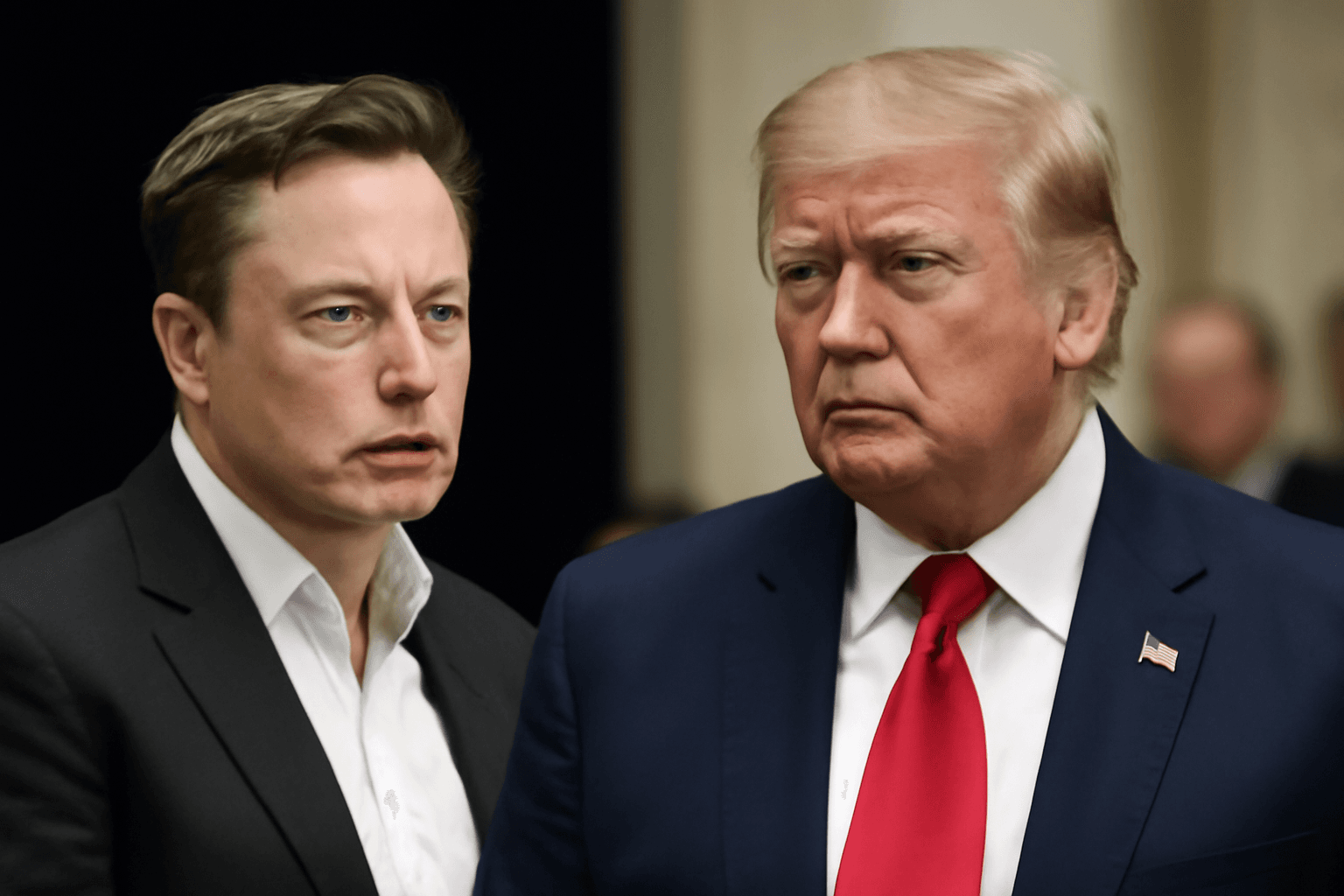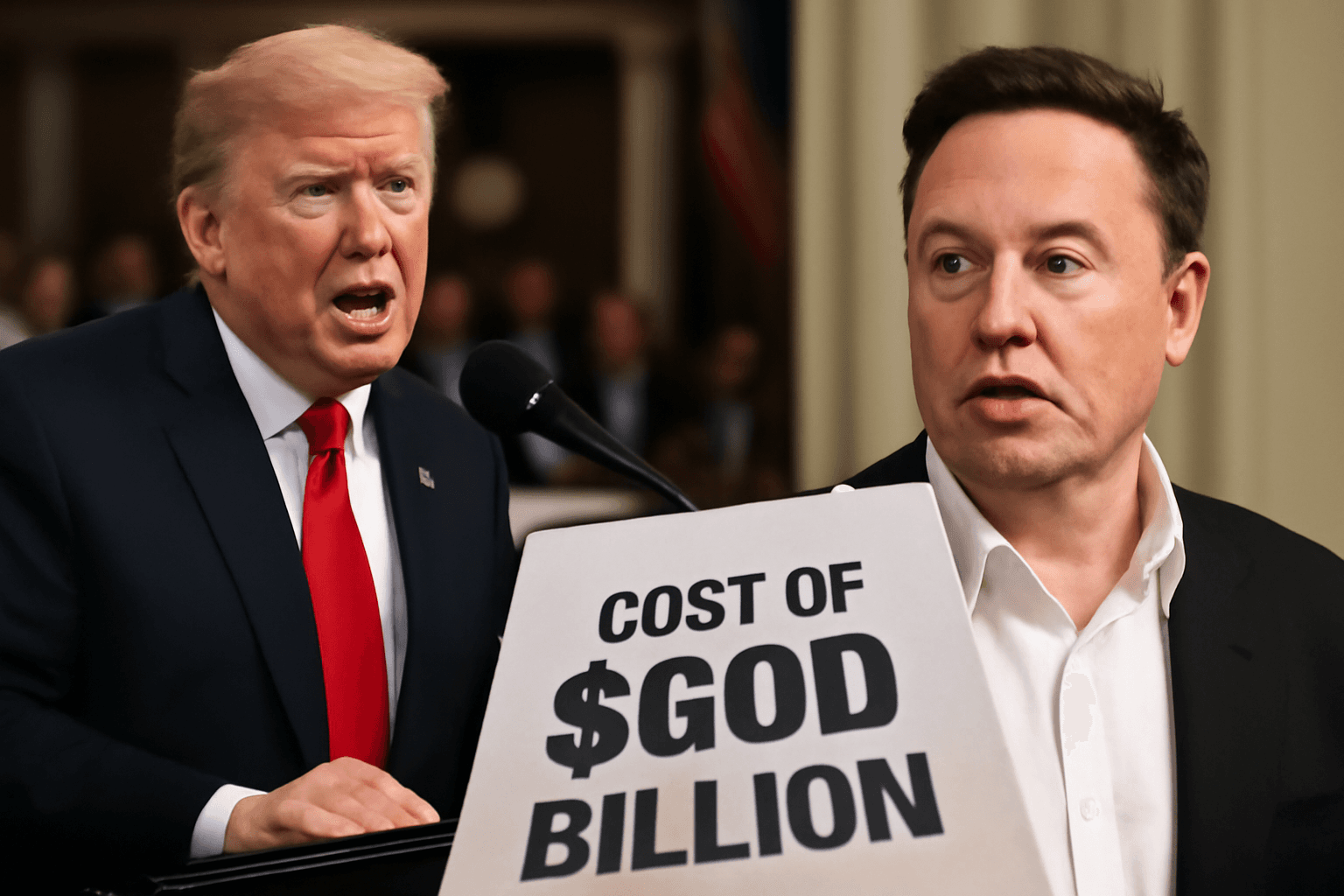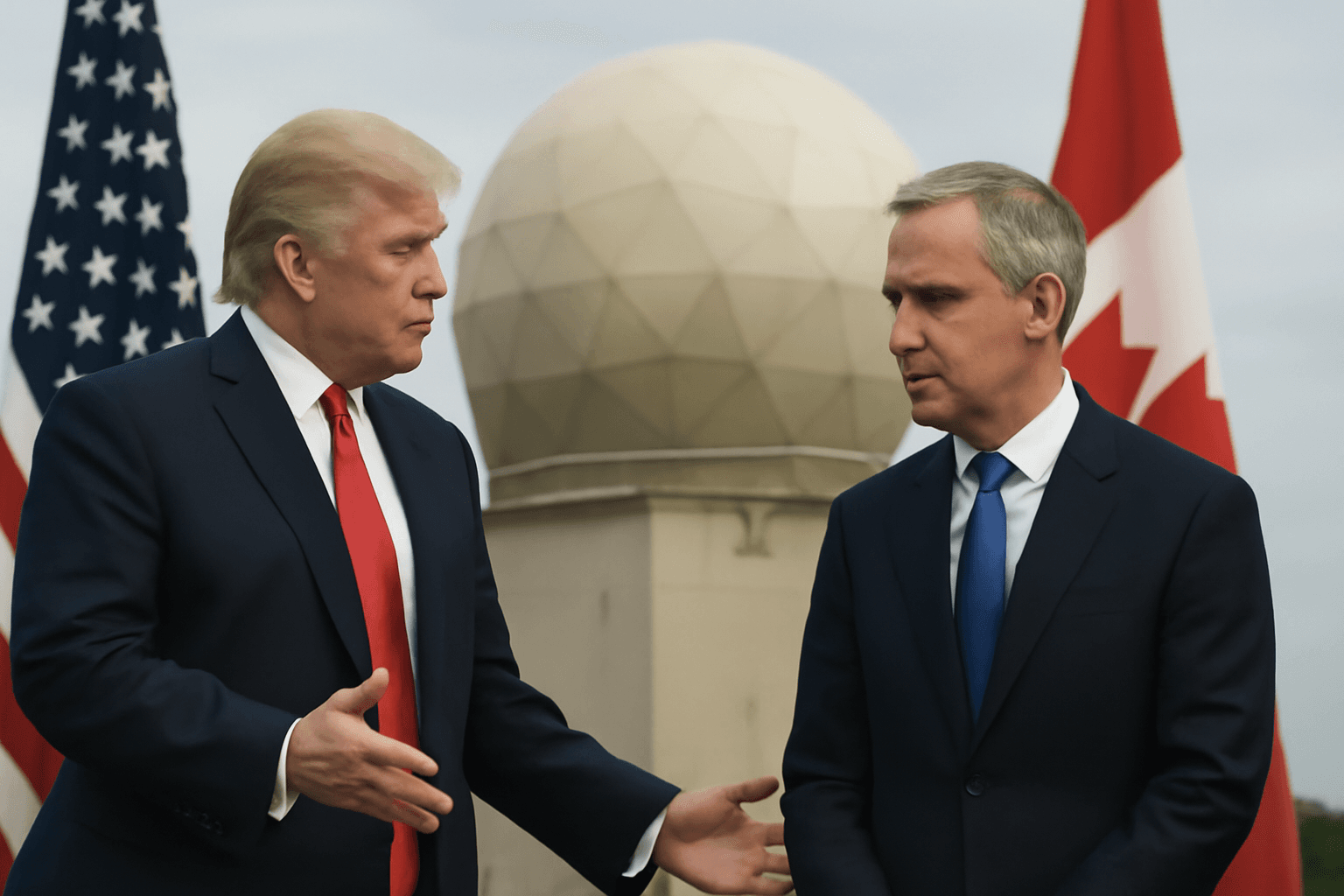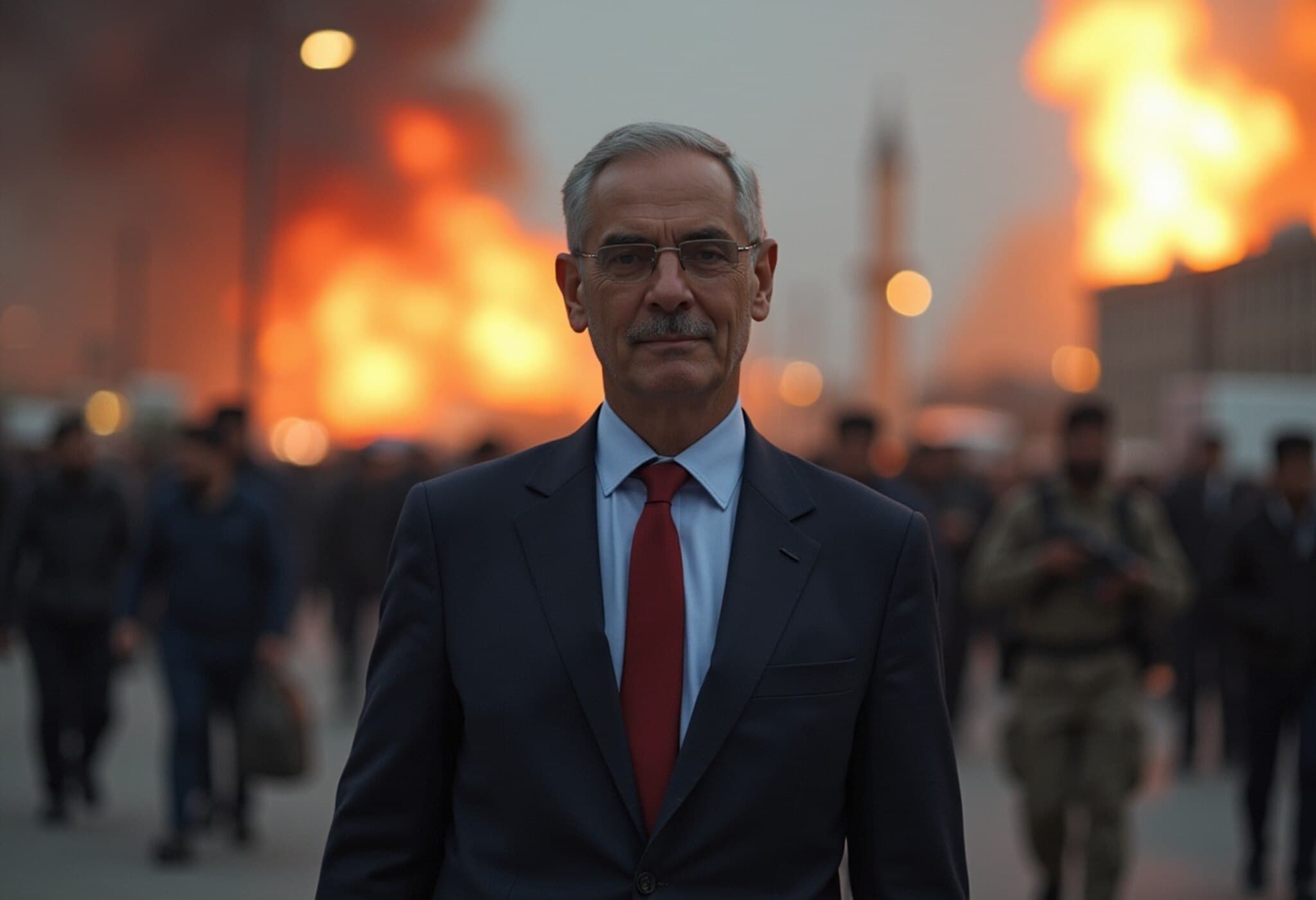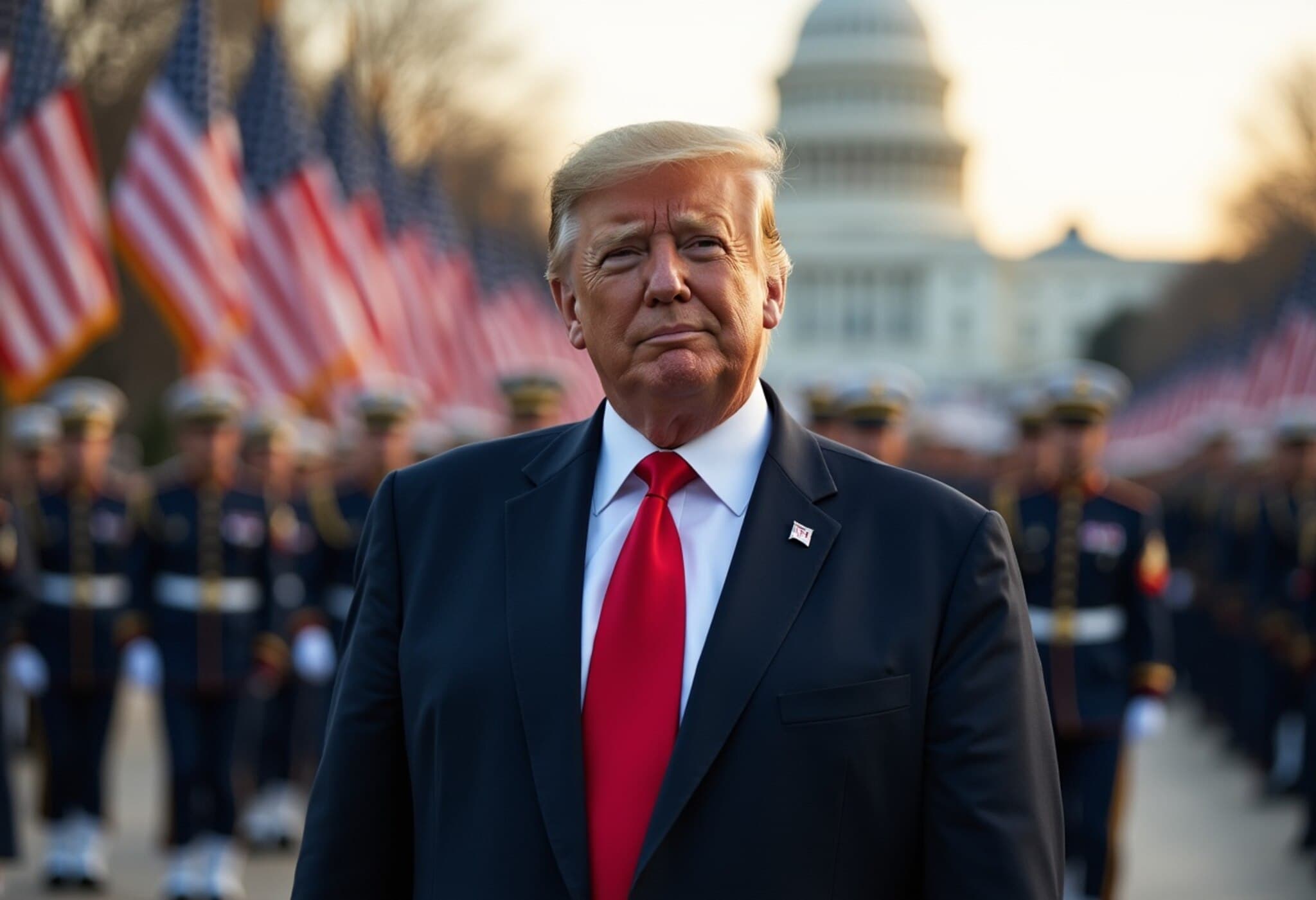Trump's Legal Blitz at the Supreme Court
Since resuming office in January, President Donald Trump’s administration has aggressively turned to the U.S. Supreme Court’s emergency docket to fast-track rulings on his controversial executive policies. What was once a seldom-used judicial route has now ballooned with urgent requests, reflecting a strategic push to bypass lower court setbacks.
Unprecedented Volume and Success Rate
In under five months, the Trump administration has filed 19 emergency applications to the Supreme Court, seeking to overturn injunctions and obstacles imposed by lower courts. By early June, the justices had ruled on 13 of these cases, favoring Trump in 9 decisions, partially in one, and rejecting two others, with one case delayed until moot. This success rate has effectively allowed the president to implement contentious policies despite ongoing litigation below.
Examples of Court-Backed Policies
- Revoking temporary protected status for hundreds of thousands of migrants
- Enforcing a ban on transgender individuals serving in the military
- Authorizing reductions in the federal workforce
This surge is notable given the Supreme Court’s 6-3 conservative majority, which includes three justices appointed during Trump’s first presidential term.
Pending Requests and Ongoing Battles
Several emergency requests remain undecided, including attempts to:
- Broaden enforcement of restrictions on birthright citizenship
- Authorize deportations of migrants to politically unstable countries like South Sudan
- Proceed with large-scale federal workforce layoffs under the “reductions in force” initiative
The frequency of these filings—averaging roughly one per week—matches the total emergency requests made during the entire tenure of the previous administration.
Legal Experts Weigh In
Sarah Konsky, director of a prominent appellate clinic, noted that the administration tends to elevate cases it sees as strong candidates for Supreme Court review. Meanwhile, constitutional law specialists suggest success may stem not only from ideological alignment but also from a cautious approach by justices wary of escalating confrontations with the president.
Impact on Court’s Workload
This flood of emergency motions has diverted judicial focus as the court approaches the most intense period of its term, balancing rapid, often opaque decisions alongside traditional case deliberations.
Concerns Over Transparency and Due Process
The emergency docket, sometimes dubbed the "shadow docket," allows the Court to issue rulings without full briefing, oral argument, or detailed explanations. Although some decisions come with short opinions, many are unsigned orders with little rationale, raising questions about judicial transparency.
Recent Pushbacks
- The Court criticized certain migrant deportation procedures for lacking due process.
- It refused to let the administration withhold payments to foreign aid providers for completed work.
Historical Context and Diverging Views Within the Court
Trump’s use of the emergency docket in his first term totaled 41 applications—vastly outpacing combined usage by his predecessors over 16 years. Liberal justices have voiced strong objections to this rapid-fire approach, warning of increased error risks and diminished fairness.
Justice Ketanji Brown Jackson lamented that such orders "fan the flames rather than extinguish them," while Justice Elena Kagan stressed the danger of rulings issued with “barebones briefing” and limited reflection.
Conversely, conservative Justice Samuel Alito has defended the practice as a legitimate and longstanding judicial tool.
The Road Ahead
As Trump’s administration continues to test the limits of executive authority, the Supreme Court’s emergency docket remains a critical battleground. The balance between swift judicial intervention and thorough, transparent review will likely remain at the forefront of legal debates moving forward.

